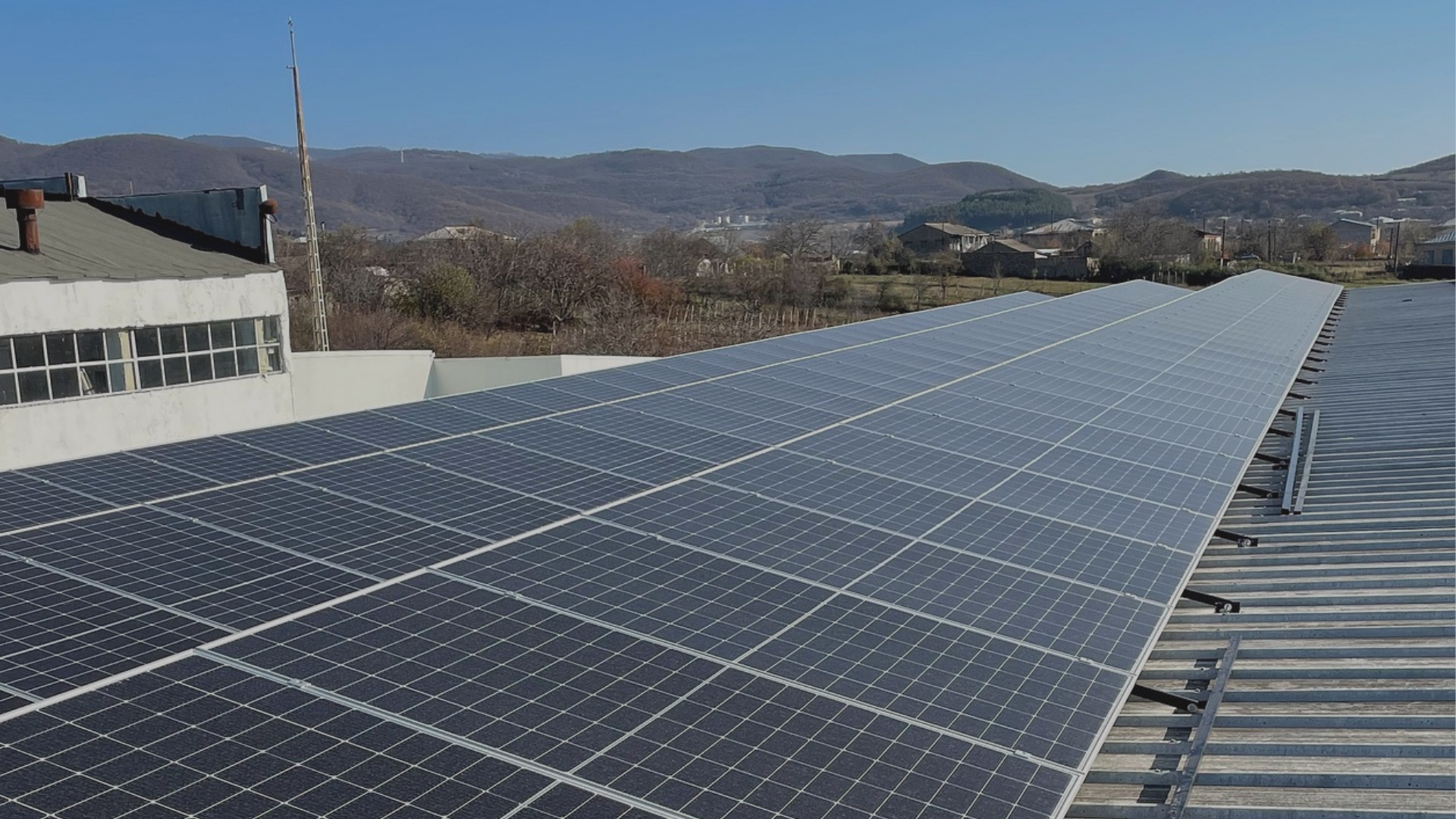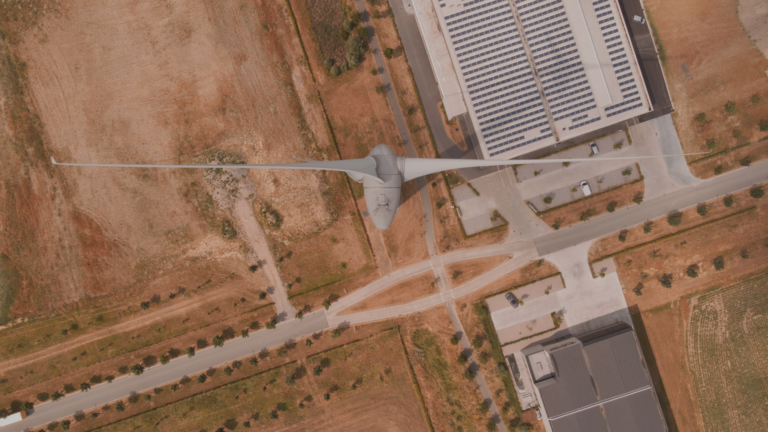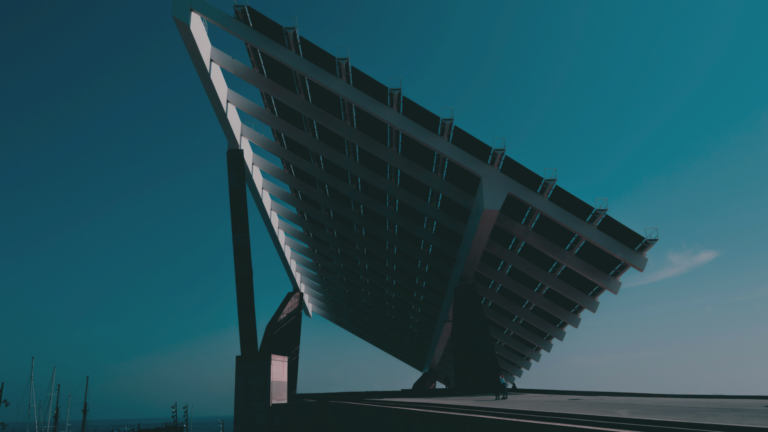PJM Capacity Market Pressures and the Rising Cost of Power for Industry
- Topics :
- Energy
U.S. Clean-Energy Sector Leans Into Red States Amid Federal Headwinds
Published October 27, 2025

The U.S. clean-energy sector is entering a new phase marked by both resilience and strategic recalibration. After years of rapid growth supported by federal incentives, the industry is now facing funding delays, permitting challenges, and a less predictable policy landscape. Yet amid these headwinds, developers and manufacturers are increasingly directing their investments toward Republican-led states. This shift reflects both practical and political adaptation: aligning clean energy with the language of energy security, economic development, and industrial renewal.
Federal-State Policy Tension
The tension between federal clean-energy ambitions and state-level realities has intensified in recent years. Federal initiatives under the Inflation Reduction Act and the Infrastructure Investment and Jobs Act introduced unprecedented levels of support for renewable energy, carbon capture, and grid modernization. However, subsequent political shifts and fiscal pressures have slowed the rollout of many of these programs. Reports have noted delays in grant approvals and the cancellation of up to 7 billion dollars in solar-related funding.
At the same time, many Republican-led states are embracing clean-energy investment on their own terms. Texas continues to lead the nation in wind generation capacity, with over 40 gigawatts installed as of 2025, followed by Oklahoma and Iowa. These states frame renewables as a component of energy independence rather than climate action. Their focus on job creation, manufacturing, and competitiveness has proven attractive to investors seeking predictable permitting environments and favorable land economics.
The Industry Shift: Clean Energy’s Red-State Pivot
According to Argus Media, wind, solar, and battery manufacturers are doubling down in red states, positioning their projects within the broader theme of American energy dominance. Companies are deliberately reframing their narratives to emphasize industrial strength and reliability. Solar module production has expanded in Alabama, wind turbine assembly in Texas, and battery supply-chain investments in Georgia and Tennessee. These regions offer access to logistics corridors, lower labor costs, and state-level tax incentives.
However, the industry still faces practical challenges. Long permitting timelines, grid interconnection delays, and ongoing trade uncertainties have complicated deployment. The cancellation of large-scale federal grants has further strained smaller developers, while offshore wind initiatives on the East Coast continue to encounter cost and permitting setbacks. Nevertheless, the pivot toward more politically conservative states signals a diversification strategy that could buffer against national policy volatility.

Market Implications for Retrofit and Energy-Services Firms
For retrofit and energy-services providers, this geographic and political shift opens new market channels. As utility-scale developers build in red states, they create demand for supporting infrastructure and localized energy-efficiency projects. Industrial and commercial retrofits are gaining traction in regions where economic development agencies are prioritizing grid reliability and cost control over emissions metrics.
Several states have introduced performance-based energy-efficiency programs and resilience incentives independent of federal frameworks. For example, Texas and Louisiana utilities are piloting incentive mechanisms tied to energy intensity reductions in manufacturing facilities. Such initiatives create opportunities for retrofit firms to offer measurement-based services, energy audits, and technology integration solutions. Companies that align their offerings with state economic priorities rather than federal targets may find a steadier path to growth.
Strategically, retrofit firms can adapt by mapping state-level incentive programs, cultivating partnerships with local contractors, and pursuing regional diversification. Engagement with chambers of commerce and industrial development boards can also help align projects with regional funding streams. This approach emphasizes practical value creation in markets less influenced by federal political shifts.
Risks and Outlook
The ongoing policy realignment presents both opportunity and uncertainty. Regulatory ambiguity remains a concern, as permitting standards and siting requirements differ widely between states. Financing also poses challenges when federal grants or tax credits are delayed or reduced. Political volatility at both state and federal levels could affect long-term project economics, particularly as the 2026 election cycle approaches.
Despite these risks, many developers view the current environment as a pragmatic adjustment period rather than a retreat. By emphasizing domestic manufacturing, grid resilience, and job creation, clean-energy firms can sustain growth under multiple policy scenarios. The emphasis on local benefits and supply-chain stability aligns with bipartisan priorities, making renewable investment less politically vulnerable.
Looking ahead, the trend toward red-state deployment is likely to persist through 2026, supported by infrastructure readiness, permitting efficiency, and business-friendly incentives. If federal coordination improves, these state-driven projects could form the backbone of a more balanced and resilient national clean-energy strategy. The evolution of this dynamic will define how the United States reconciles its political diversity with its energy transition goals.
Reference
- Argus Media: U.S. clean-energy developers turn to red states amid policy uncertainty
- U.S. Department of Energy: Energy Employment by State 2024









